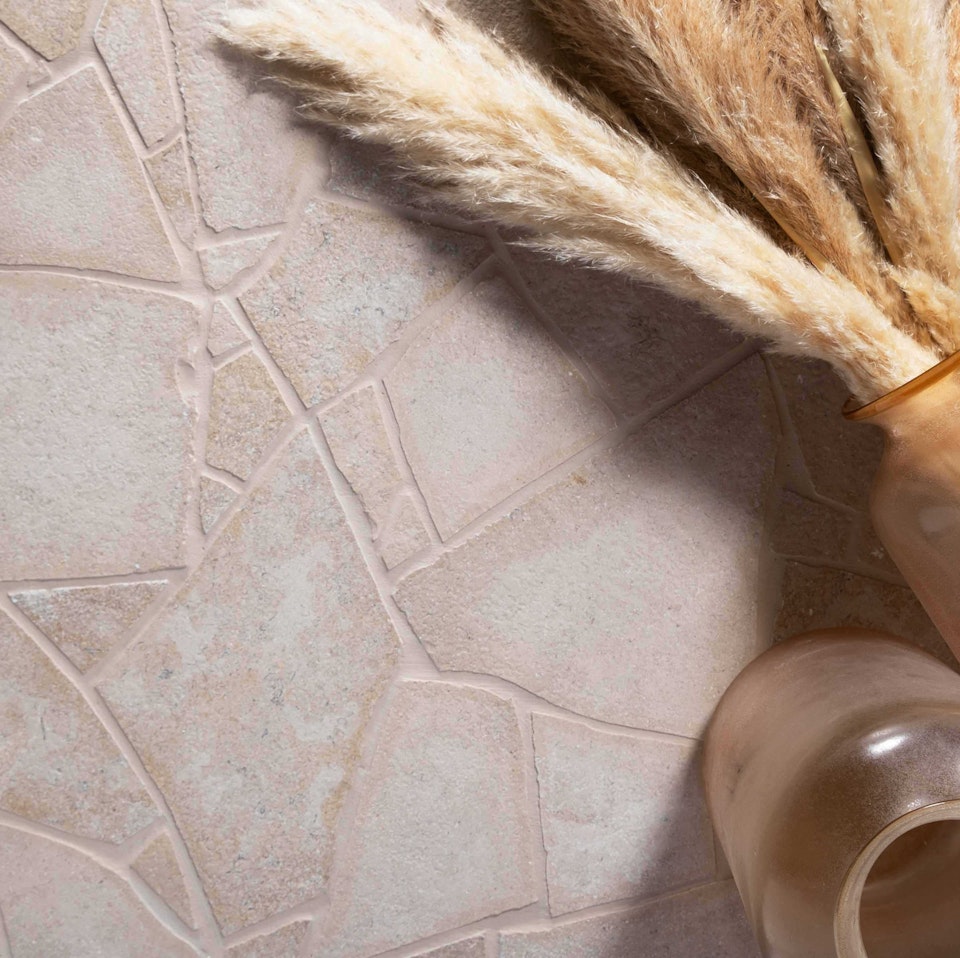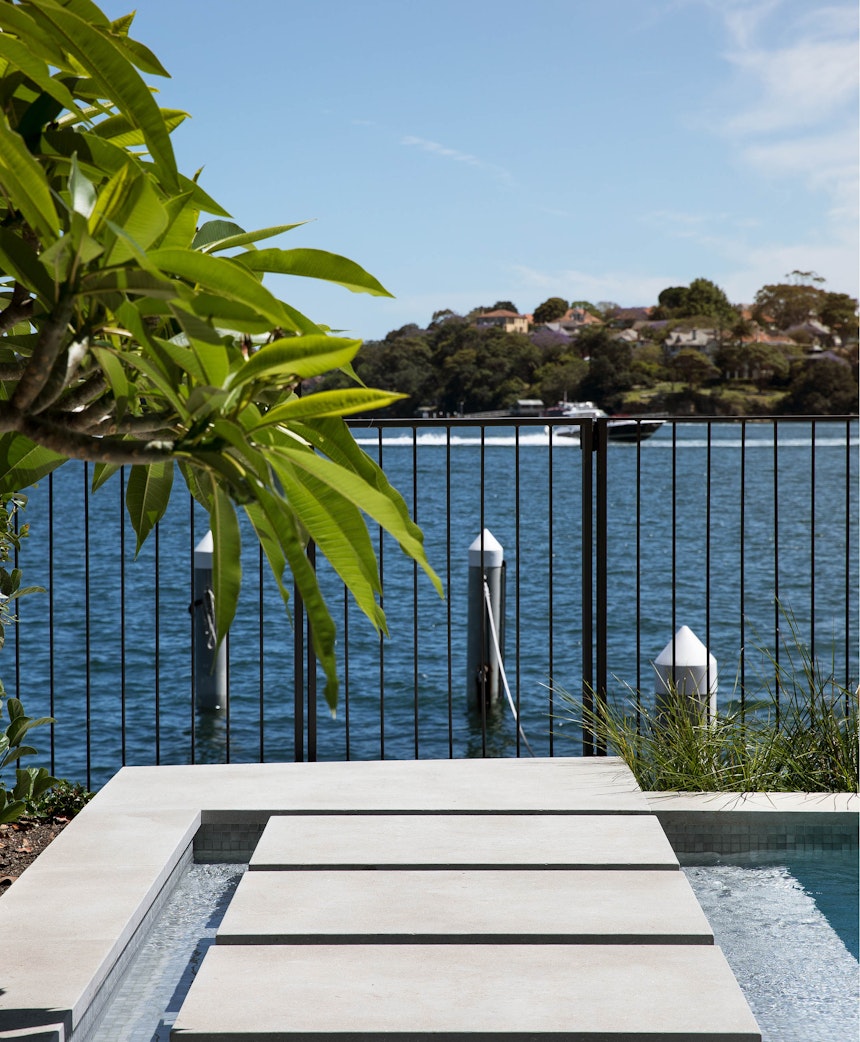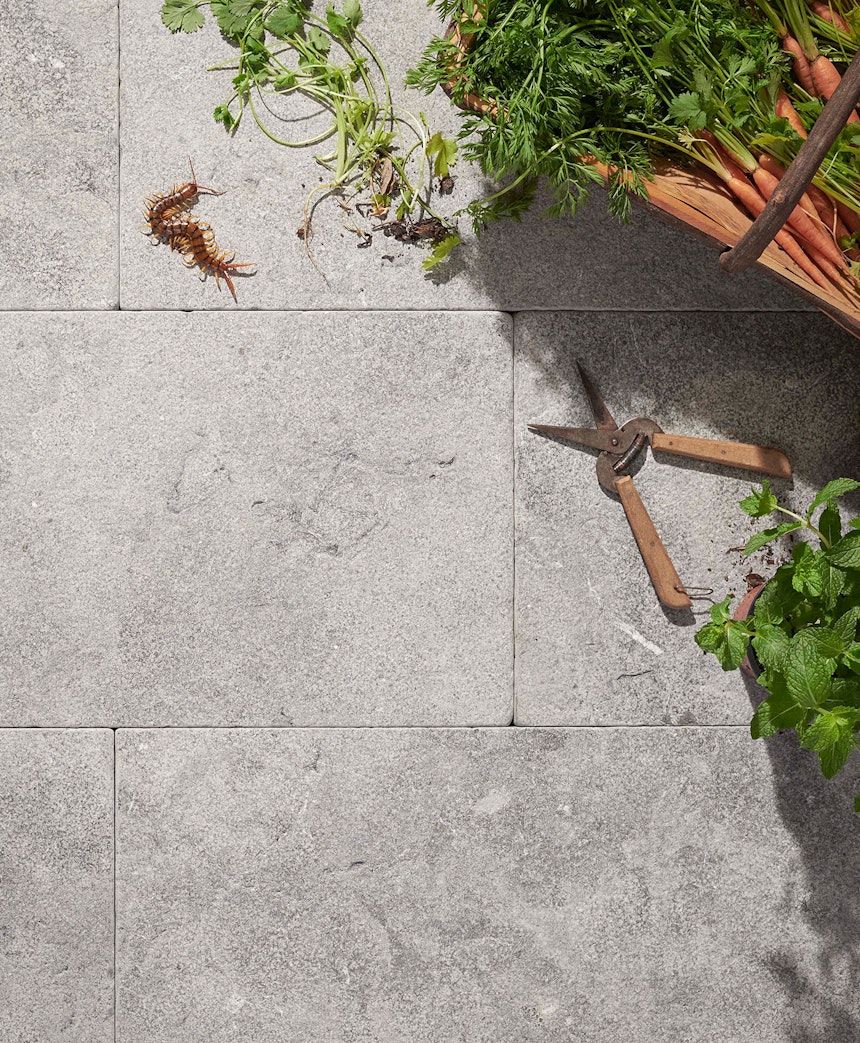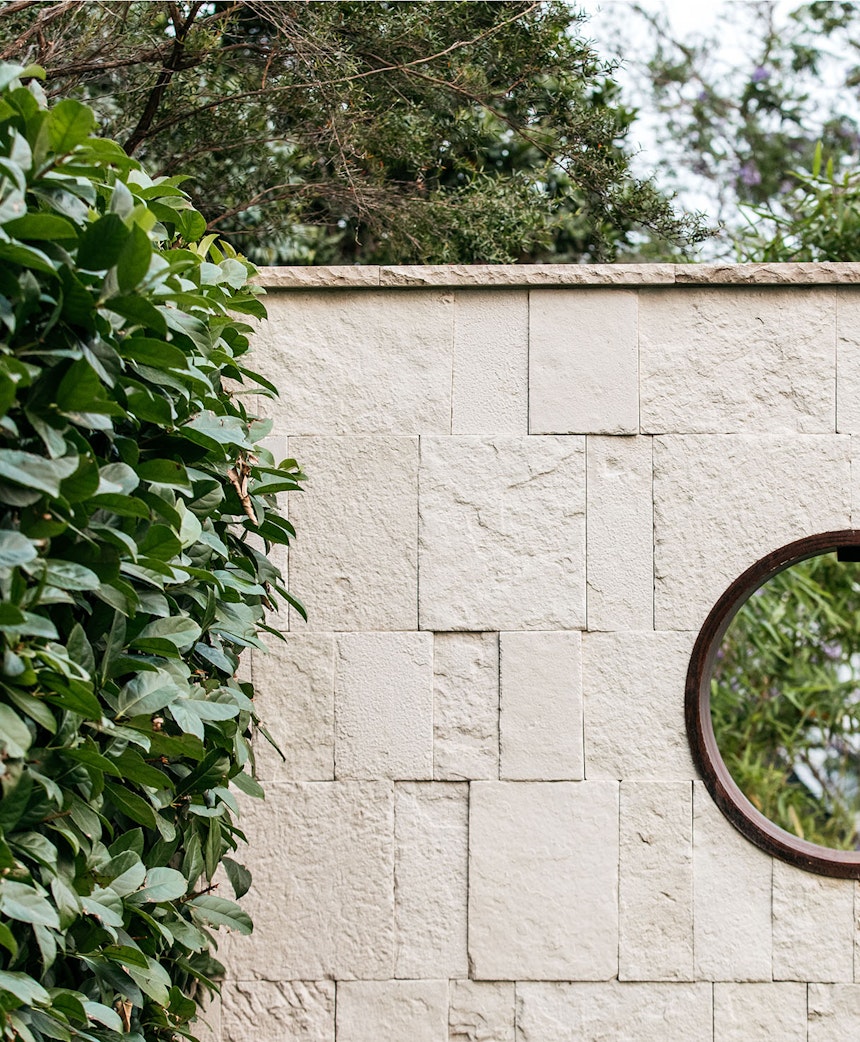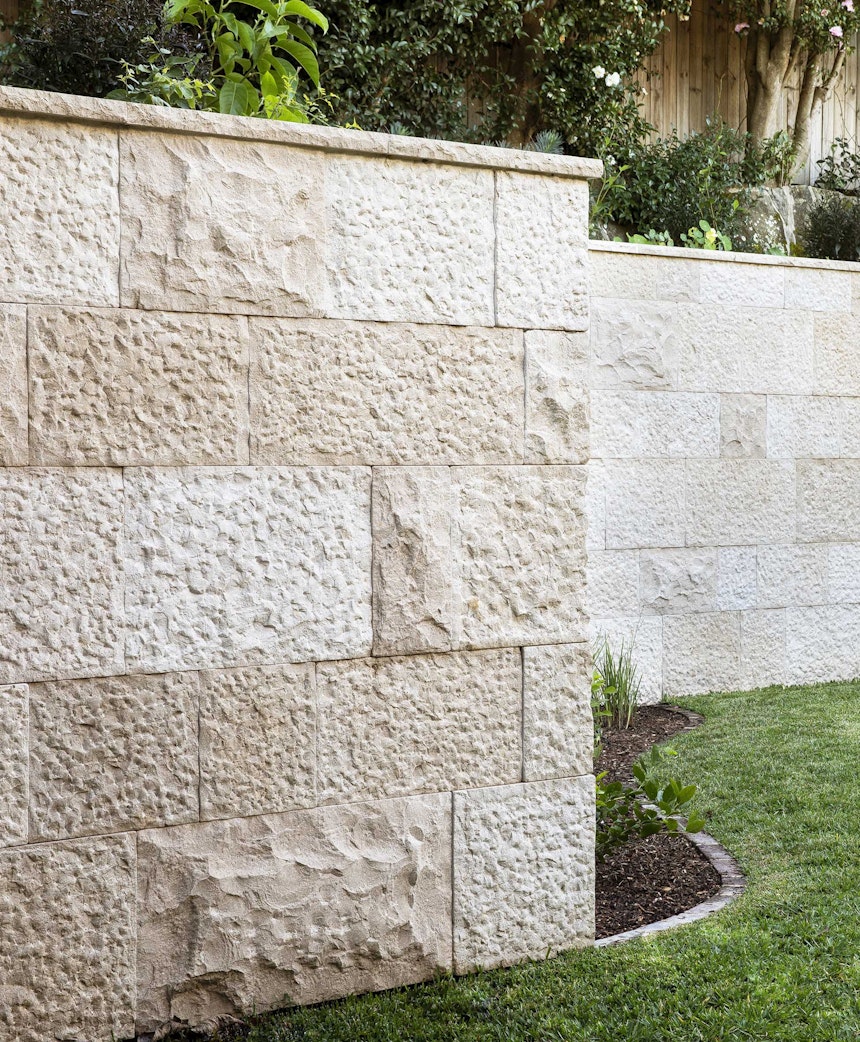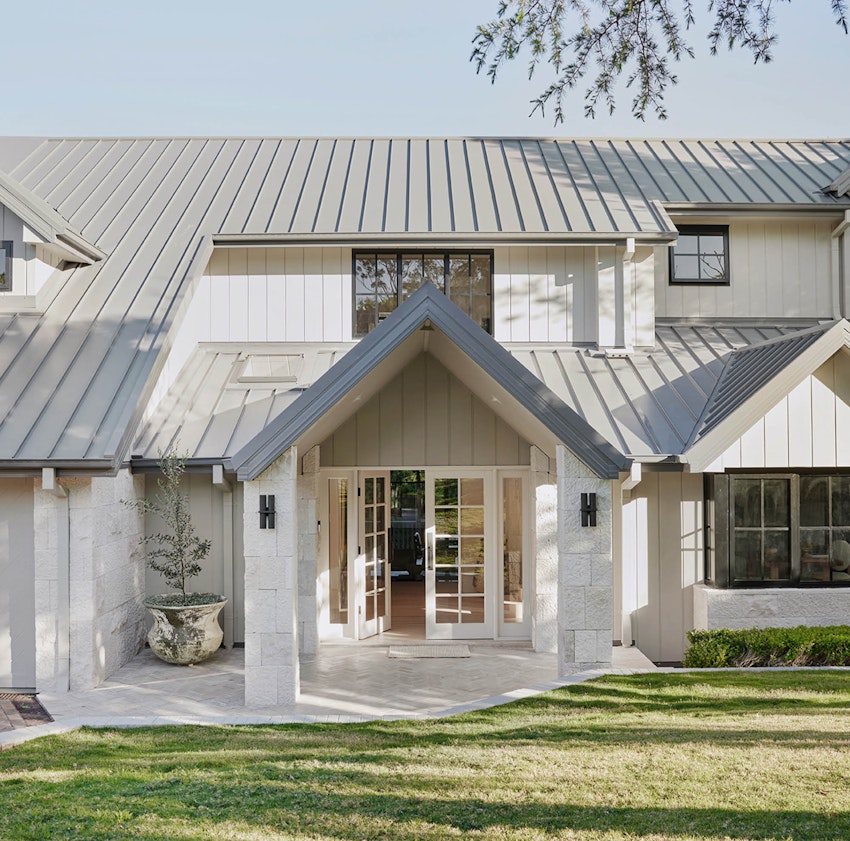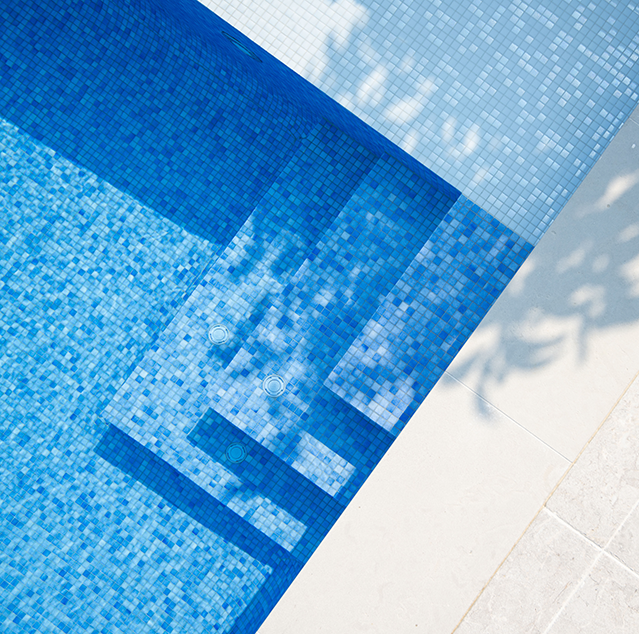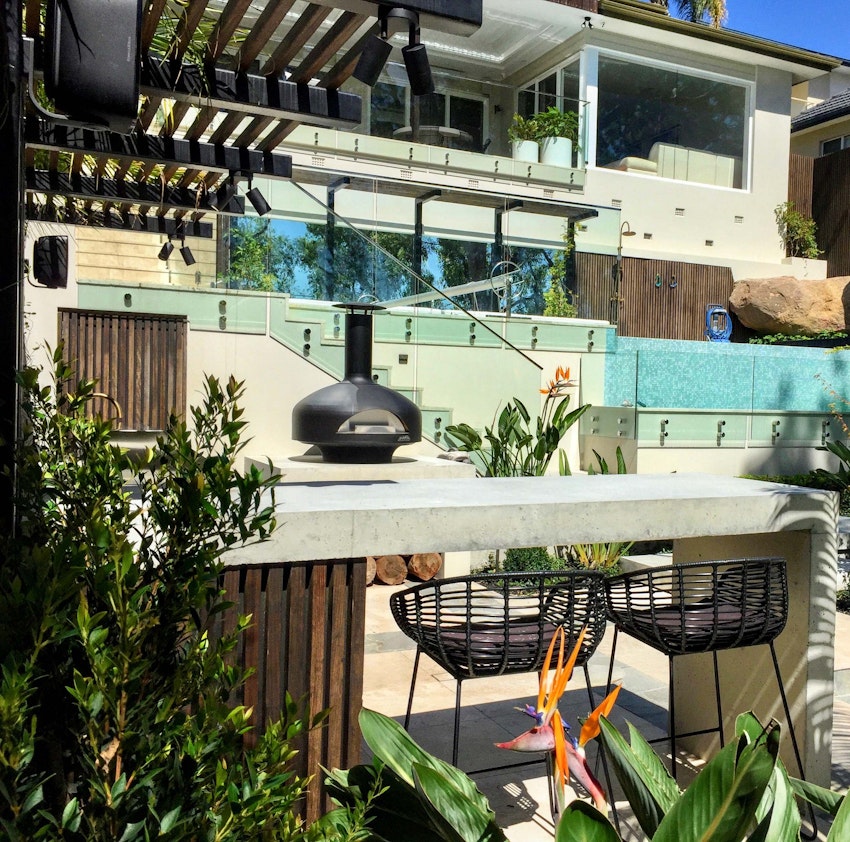Limestone is easily maintained with proper care and our products were carefully selected to endure the test of time. At Artisan Exterior, we highly recommend choosing a professional installer to ensure your pavers are laid and sealed correctly to bring the full potential of the stone to the surface. Our focus is on sourcing only the best quality natural stone from around the globe and bringing you a vast range of sizes and formats that will inspire you and be a perfect match for your next project.
Read More
To find out more about our range of Limestone, or if you have any questions regarding natural stone, give our team at Artisan Exterior a call or visit one of our showrooms.
Read Less
